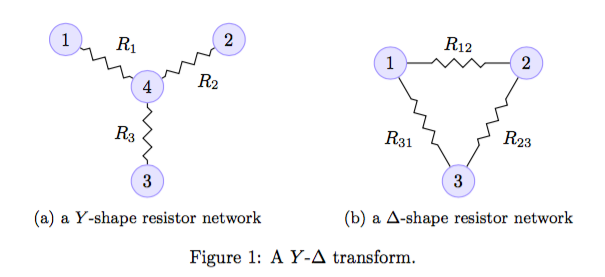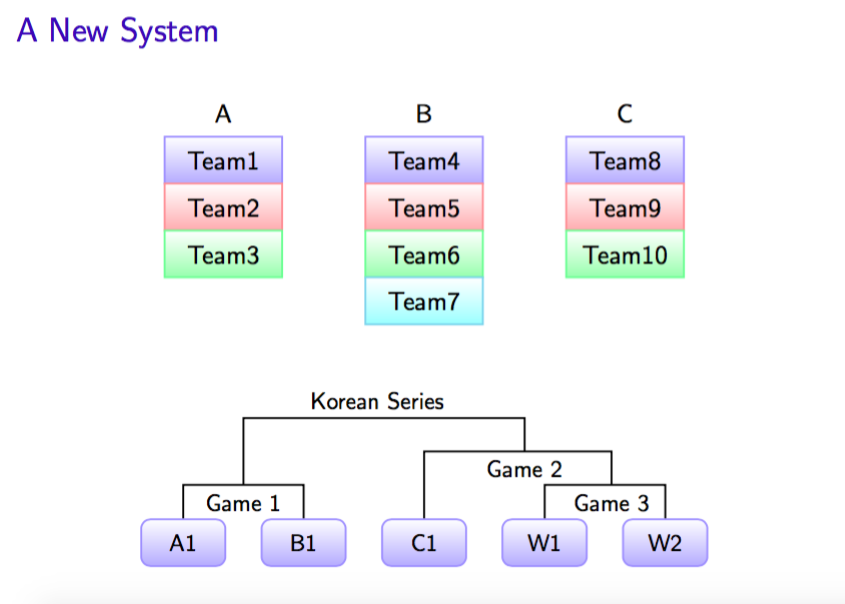March 6, 2018
1 2 3 4 5 6 7 8 9 10 11 12 13 14 15 16 17 18 19 20 21 22 23 24 25 26 27 28 29 30 31 32 33 34 35 | \documentclass{beamer}\usepackage{tikz}\usepackage{graphicx}\usetikzlibrary{decorations.text}\begin{document}\begin{frame} \frametitle{Donut and Pictures} \begin{figure}[h] \centering \begin{tikzpicture} \newcommand*{\myInnerRadius}{1cm}% \newcommand*{\myOuterRadius}{3cm}% \newcommand*{\myMidRadius}{2cm}% % three segments in donut \filldraw[fill=blue!30, draw=blue!50] (30:\myInnerRadius) -- (30:\myOuterRadius) arc (30:150:\myOuterRadius) -- (150:\myInnerRadius) arc (150:30:\myInnerRadius); \filldraw[fill=red!30, draw=red!50] (30:\myInnerRadius) -- (30:\myOuterRadius) arc (30:-90:\myOuterRadius) -- (-90:\myInnerRadius) arc (-90:30:\myInnerRadius); \filldraw[fill=green!30, draw=green!50] (150:\myInnerRadius) -- (150:\myOuterRadius) arc (150:270:\myOuterRadius) -- (270:\myInnerRadius) arc (270:150:\myInnerRadius); % text around the donut \path[decoration={text along path, text={Random Text}, text align={align=center}, raise=1ex}, decorate] (150:\myOuterRadius) arc (150:30:\myOuterRadius); \path[decoration={text along path, text={Another Text}, text align={align=center}, raise=1ex}, decorate] (30:\myOuterRadius) arc (30:-90:\myOuterRadius); \path[decoration={text along path, text={Last Random Text}, text align={align=center}, raise=1ex}, decorate] (270:\myOuterRadius) arc (270:150:\myOuterRadius); % image \node (G1) at (0:0cm) {\includegraphics[height=15mm]{Figs/youtube.png}}; \node (G2) at (90:\myMidRadius) {\includegraphics[height=15mm]{Figs/12.png}}; \node (G3) at (-30:\myMidRadius) {\includegraphics[height=15mm]{Figs/6.png}}; \node (G4) at (210:\myMidRadius) {\includegraphics[height=15mm]{Figs/linkedin.png}}; \end{tikzpicture} \end{figure}\end{frame}\end{document} |
Comments Off on Donut and Pictures




